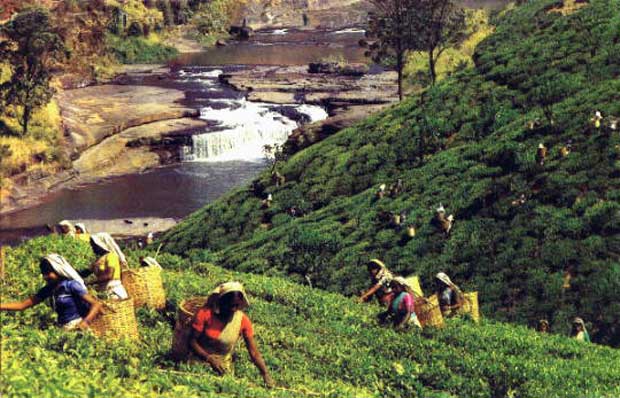Reply To:
Name - Reply Comment
Last Updated : 2024-04-19 00:03:00
.jpg)
(1)(1)(2).jpg)

.jpg)
.jpg) he two districts. One was from the DPF and the other from CWC. However the DPF nominee subsequently joined the CWC. The CWC leader Arumugam Thondaman was accused of an arrogantly dictatorial conduct by the non – CWC parties. The Sabaragamuwa polls alliance soon collapsed. Later when elections were held to the Central and Uva Provincial Councils the CWC and non – CWC parties like the NUW and UCPF were at loggerheads though being constituents of the same United Peoples Freedom Alliance (UPFA).It is against this backdrop that the CWC is now being kept out of the newly formed TPA.
he two districts. One was from the DPF and the other from CWC. However the DPF nominee subsequently joined the CWC. The CWC leader Arumugam Thondaman was accused of an arrogantly dictatorial conduct by the non – CWC parties. The Sabaragamuwa polls alliance soon collapsed. Later when elections were held to the Central and Uva Provincial Councils the CWC and non – CWC parties like the NUW and UCPF were at loggerheads though being constituents of the same United Peoples Freedom Alliance (UPFA).It is against this backdrop that the CWC is now being kept out of the newly formed TPA..jpg)

Add comment
Comments will be edited (grammar, spelling and slang) and authorized at the discretion of Daily Mirror online. The website also has the right not to publish selected comments.
Reply To:
Name - Reply Comment
On March 26, a couple arriving from Thailand was arrested with 88 live animal
According to villagers from Naula-Moragolla out of 105 families 80 can afford
Is the situation in Sri Lanka so grim that locals harbour hope that they coul
A recent post on social media revealed that three purple-faced langurs near t